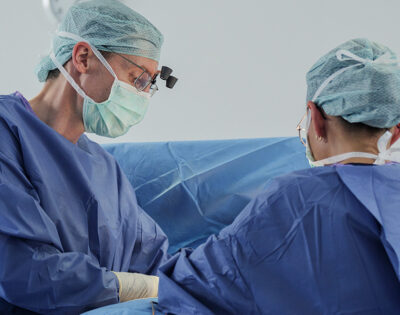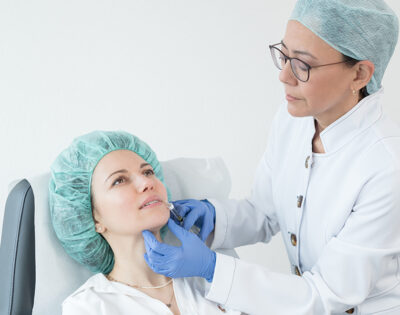Minority & plastic surgery
Plastic surgery on minors is a recurring topic in the media. Social media, the internet and the use of smartphones are shaping the lives of young people today. Body image influences self-esteem and quality of life. Bullying and teasing are not uncommon in our digital age.
Young people are particularly vulnerable at this age. According to official figures (American Society for Aesthetic Plastic Surgery), 0.9% of all aesthetic operations were performed on minors in 2017. 69 percent of these operations were breast reductions, ear corrections and the correction of gynecomastia (male breasts). According to the study, breast augmentations in minors were performed in 0.036 percent of all aesthetic operations.
It is hardly controversial that the treatment of acne scars in minors can certainly lead to an improvement in quality of life. Since concomitant diseases such as diabetes, tobacco smoking and obesity are lower in adolescents, the complication rates for plastic surgery operations in adolescents are also lower.
The most common complications after plastic surgery in minors are postoperative bleeding (0.34 percent), followed by inflammation (0.28 percent) (Yeslev M et al. Safety of Cosmetic Surgery in Adolescent Patients. Aesthet Surg J. 2017 Oct 1;37(9):1051-1059). Correction of breast deformities, protruding ears, gynecomastia or breast reductions in adolescents can improve the level of suffering.
The child’s own desire for change is an important prerequisite for corrective surgery. Young people are less competent than adults in making decisions about the consequences of their actions. Nevertheless, every young person with a problem should be taken seriously and advised according to their maturity.
An examination and consultation with an experienced specialist in plastic and aesthetic surgery helps to clarify the expectations of a treatment as well as the risks and benefits.




